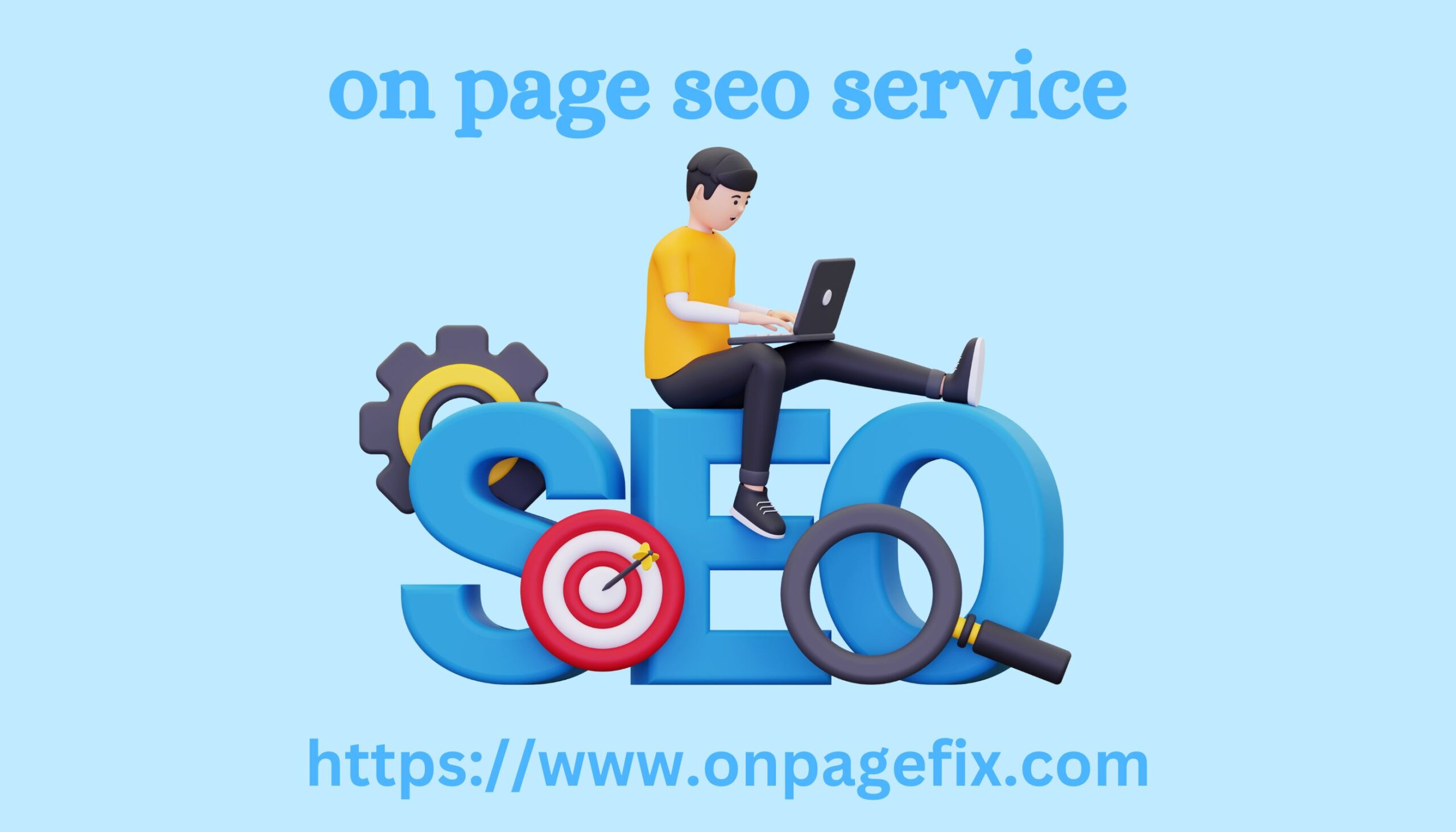|
|
The situation when a user makes a purchase or uses your service from the first touch – going to the site from an advertisement – does not happen often. To “raise the temperature” of the lead and bring him to closing the deal, use a newsletter subscription, because e-mail marketing is rightfully considered one of the most effective methods of increasing conversion. In this article, we will tell you what types of contact forms allow you to attract and retain customers, and we will talk about life hacks when creating these elements.
What tasks does the mailing solve?
The main task of any form on the site is to obtain the contacts of the on page seo service resource visitor in order to provide him with more information about your company and speed up the decision-making process. Organizing a mailing by e-mail or in a messenger allows you to:

Maintain brand loyalty by regularly sending subscribers useful articles, news, and invitations to events;
Constantly expand your potential customer base with new subscribers;
Generate interest in your products and services by guiding the user through the sales funnel using emails;
Personalize offers and increase the average bill, turning customers into regular ones;
Inform users about discounts, promotions and special offers in a timely manner.
A subscription form for a newsletter is simply a must-have on every website whose owner is interested in converting visitors into real clients of their business. Its appearance largely depends on the overall concept of the resource design, the characteristics of the target audience and the product.
Types of mailing forms for the website
The classic newsletter subscription form is a block with two fields for the user to enter their email address and name. It can be placed at the top of the page or to the right of the main content.
However, modern marketing research confirms that this form is usually used only by fairly loyal customers, and for those who have visited the site for the first time, the classic version looks like an unconvincing call to exchange their email address for who knows what. If you choose this option, there is a risk of losing potential buyers, so when choosing a subscription form for a newsletter, it is recommended to consider other types of elements for collecting contacts.
Pop-up
This implementation of a subscription - in the form of a pop-up window that appears in front of the user after a certain period of time - is a great way to attract the lead's attention. It is impossible not to notice a pop-up. However, be careful when setting up and composing an offer. An overly bold call to action or, conversely, an unclearly formulated offer, as well as an inappropriate time for the window to appear or the inability to close it, will not only fail to increase conversion, but will also kill your brand. The visitor will rather go looking for information on a site with a more user-friendly interface than deal with an annoying element.
Static form at the top or bottom of the page
Whether placed at the top or bottom, the form constantly reminds the user of the opportunity to subscribe without the help of additional techniques. To ensure that the element converts well, think about what exactly you will offer the user in exchange for contacts.
Dynamic form
The main advantage of the element is the ability to adapt to different screen formats: the user can easily subscribe to you from both the desktop and mobile versions of the site. In addition, you can add interactivity to the dynamic form by placing a button in the block in addition to the usual fields. Clicking on it can open an online chat with the manager or other feedback options with the resource owners. By the way, the Taptop constructor is one of the few whose functionality allows you to use buttons inside forms without complex manipulations with HTML code.
Hidden form
If you attract users to the sales funnel using other methods, and newsletters are not your strong point, you can hide the subscription form. The element can appear in front of the user only after placing an order, if you need a "warm" base. An implicit call to action, lack of intrusiveness and a minimum of information noise are what most modern users appreciate.
We exchange benefits for contacts: how to attract a website visitor?
Before creating a subscription form for a newsletter, it is worth thinking carefully about the offer. Your task is to convince the user in a few seconds that these letters will bring him maximum benefit and are worthy of a place in his virtual mailbox. We share current techniques for increasing conversion.
|
|